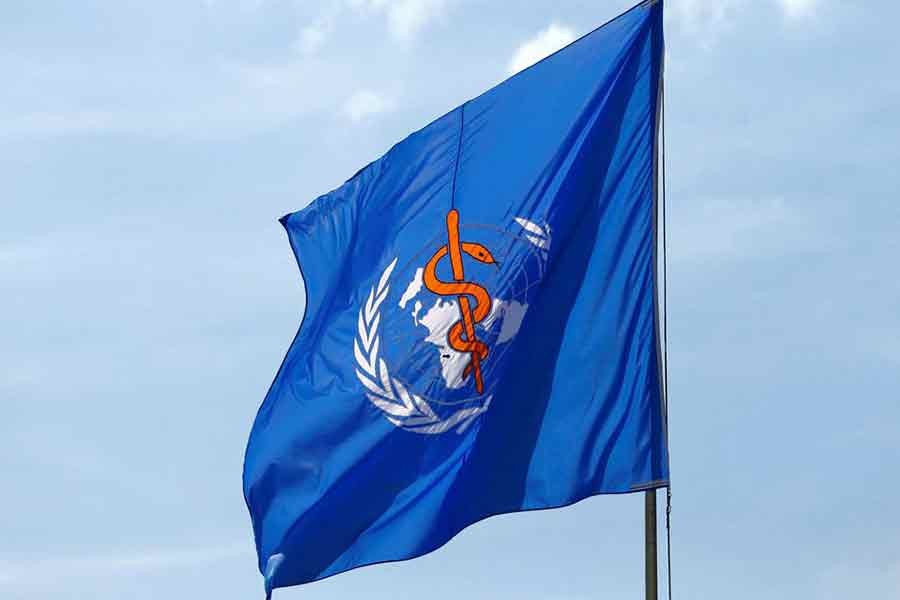Over 50 per cent of life-threatening bacterial infections are becoming resistant to treatment, the World Health Organisation (WHO) has said in its new report.
Also, high levels of resistance to treatment are reported in bacteria frequently causing bloodstream infections in hospitals, according to the Global Antimicrobial Resistance and Use Surveillance System report, published Friday, based on 2020 data from 87 countries.
Antimicrobial resistance undermines modern medicine and puts millions of lives at risk, WHO chief Tedros Adhanom Ghebreyesus said.
Within the context of national testing coverage, the report, for the first time, analyses antimicrobial resistance (AMR) rates, tracking trends in 27 countries since 2017.
UNB says the report reveals high levels of bacteria resistance, frequently causing life-threatening bloodstream infections in hospitals, such as Klebsiella pneumoniae and Acinetobacter spp, which require treatment with last-resort antibiotics, such as carbapenems.
However, eight per cent of those infections caused by Klebsiella pneumoniae were resistant to carbapenems, increasing the risk of death.
Bacterial infections are becoming increasingly resistant to treatments, with over 60 per cent of Neisseria gonorrhoea infections, a common sexually transmitted disease, showing resistance to ciprofloxacin, one of the most widely used oral antibacterials.
And over 20 per cent of E.coli isolates, the most common pathogen in urinary tract infections, were resistant to ampicillin and co-trimoxazole, first-line drugs, as well as second-line treatments known as fluoroquinolones.
Although most antimicrobial resistance trends have remained stable over the past four years, bloodstream infections due to resistant E.coli, Salmonella, and gonorrhoea infections have jumped by at least 15 per cent compared to 2017 rates.
More research is needed to discover why AMR has increased and the extent to which infections are related to hospitalisations and antibiotic treatments during the Covid-19 pandemic, according to the UN health agency.
The pandemic also meant that several countries were unable to report data for 2020, it added.
"To truly understand the extent of the global threat and mount an effective public health response to AMR, we must scale up microbiology testing and provide quality-assured data across all countries, not just wealthier ones," Tedros said.
New analyses show that countries with lower testing coverage – mostly low and middle-income countries (LMICs) – are more likely to report significantly higher AMR rates for "bug-drug" combinations.
This may be partly because only a limited number of referral hospitals in many LMICs provide data for the WHO report.
These hospitals often care for the sickest patients who may have received previous antibiotic treatment.
Meanwhile, in terms of antibiotic consumption, 65 per cent of 27 reporting countries met the WHO's target of ensuring that at least 60 per cent of antimicrobials are first or second-line treatments.
"These 'ACCESS' antibiotics are effective in a wide range of infections with a relatively low risk of creating resistance. However, insufficient testing coverage and weak laboratory capacity, particularly in LMICs, make AMR rates difficult to interpret," the UN agency said.


